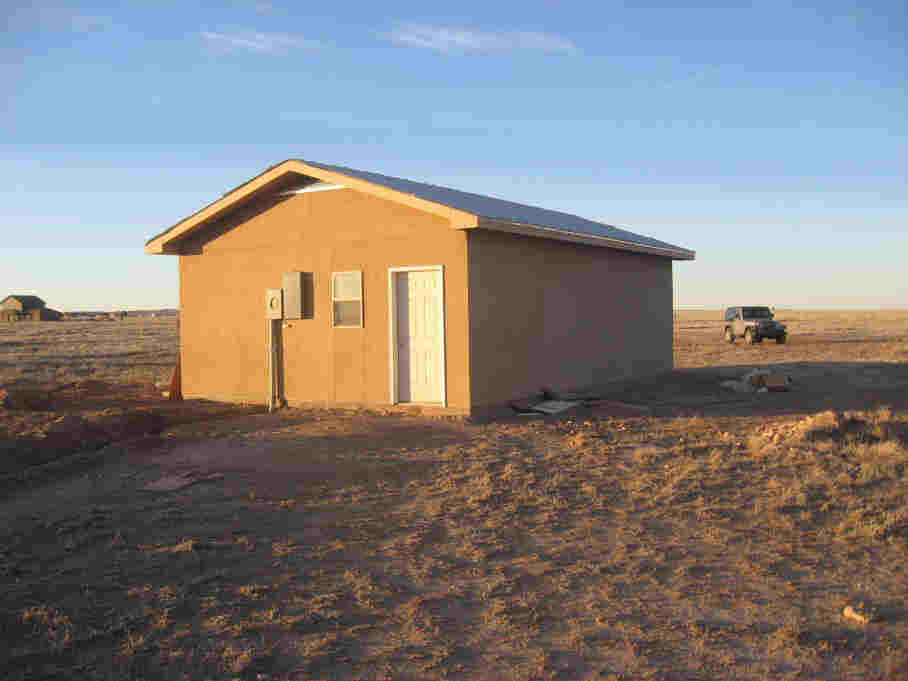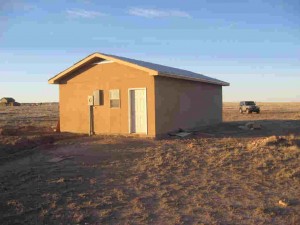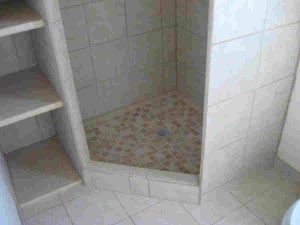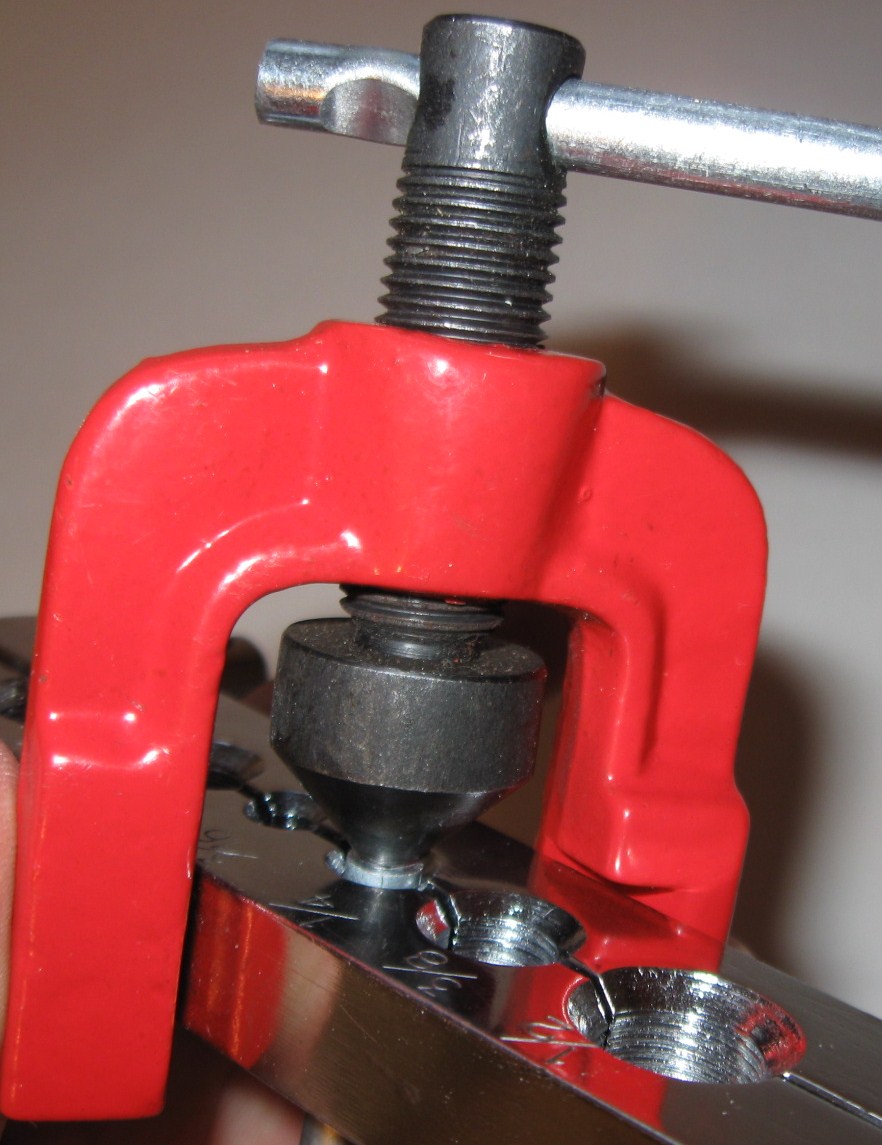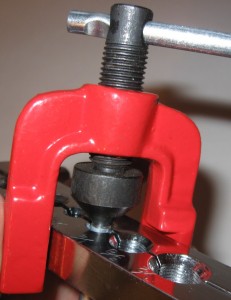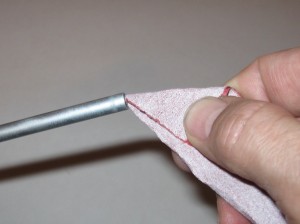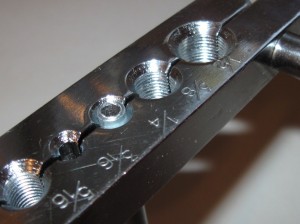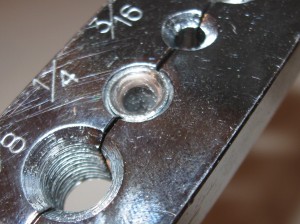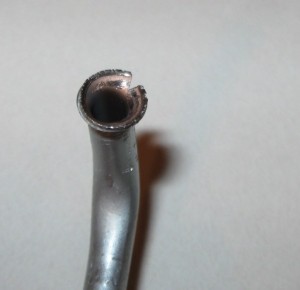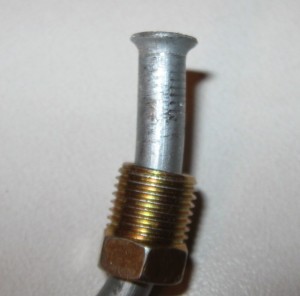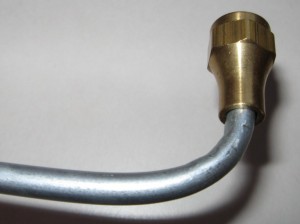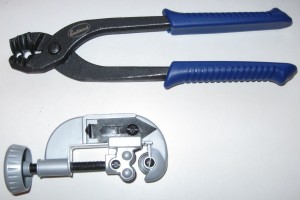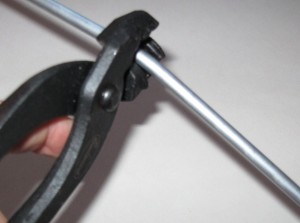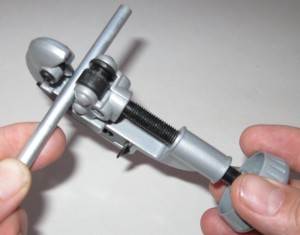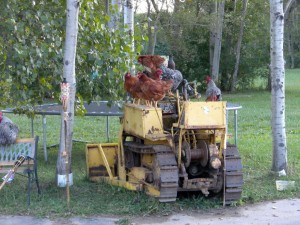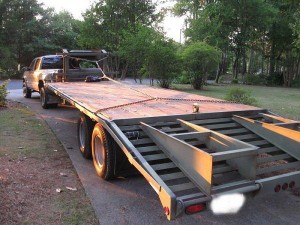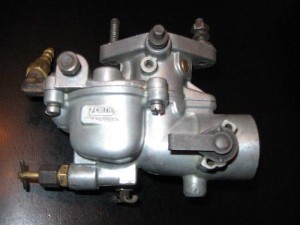Well… as the infrequent postings have given testament to, the family has been very preoccupied with preparations for the big move to NM. We are packing up belongings in cardboard boxes, finalizing plans and routes, and getting more and more excited about it.
The workshop is nearly complete and we are very happy with the progress. We’ve had a nice driveway finished with stone and a small concrete slab poured at the workshop entrance. The interior is nearly complete. The job was made a bit more difficult for the subcontractors since hooking up the water and electricity are about the last things to happen. It no doubt made the cost higher since a generator had to be used for power, but it seems to have gone very well.
All that remains is the final plumbing hookup to the septic system, the installation of the pressure tank and pump for the well (as well as plumbing and wiring for that system) and the final installation of all electrical fixtures.
Here are a few photos of the progress as of this past weekend:
First, a view of the wall with water heater and laundry hookups. The pressure tank will be in the corner next to the water heater.
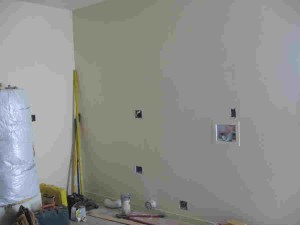
Next, a view of the interior of the garage looking toward the bathroom:
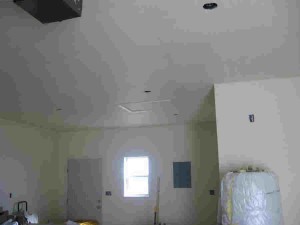
The photos were sent to us by my Dad, on a pdf. I’m sorry the quality of the resolution isn’t better, but it still gives a very good idea of the overall appearance.
We will have a somewhat circuitous route in our travels as we make the first trip from Georgia. We will be driving in a northerly route through Oklahoma so that we can pick up a second Clark Airborne bulldozer there. It takes us a bit out of the way, but is still much less time required than to make an entirely separate trip. We’ll be driving a caravan of sorts on this trip, driving both vehicles — the dually with the gooseneck trailer and two bulldozers plus parts and me in the Tahoe pulling a small U-Haul with the WLA motorcycle and bulky items packed to the gills.
{Can you notice the heavy emphasis on military vehicles that are featured in our belongings?}
The guys did a very nice job on the bathroom, adding in a fully tiled shelving area. The glass shower door is still to be installed.

Once those tasks are complete, we’ll have the pad for the RV poured so that convenient living can happen while we build the house.
The move will require us to make another cross-country trek to haul all the belongings. We’ll return with just one vehicle and use a rented truck to load all the rest of our furniture from the house in Georgia back to New Mexico for the final trip.
{Did I mention that we’ll be making another detour on the trip back to Georgia in order to drop off some bulldozer parts in Texas along the way… just thought I’d mention that…}
31 days and a wakeup until the move begins!

